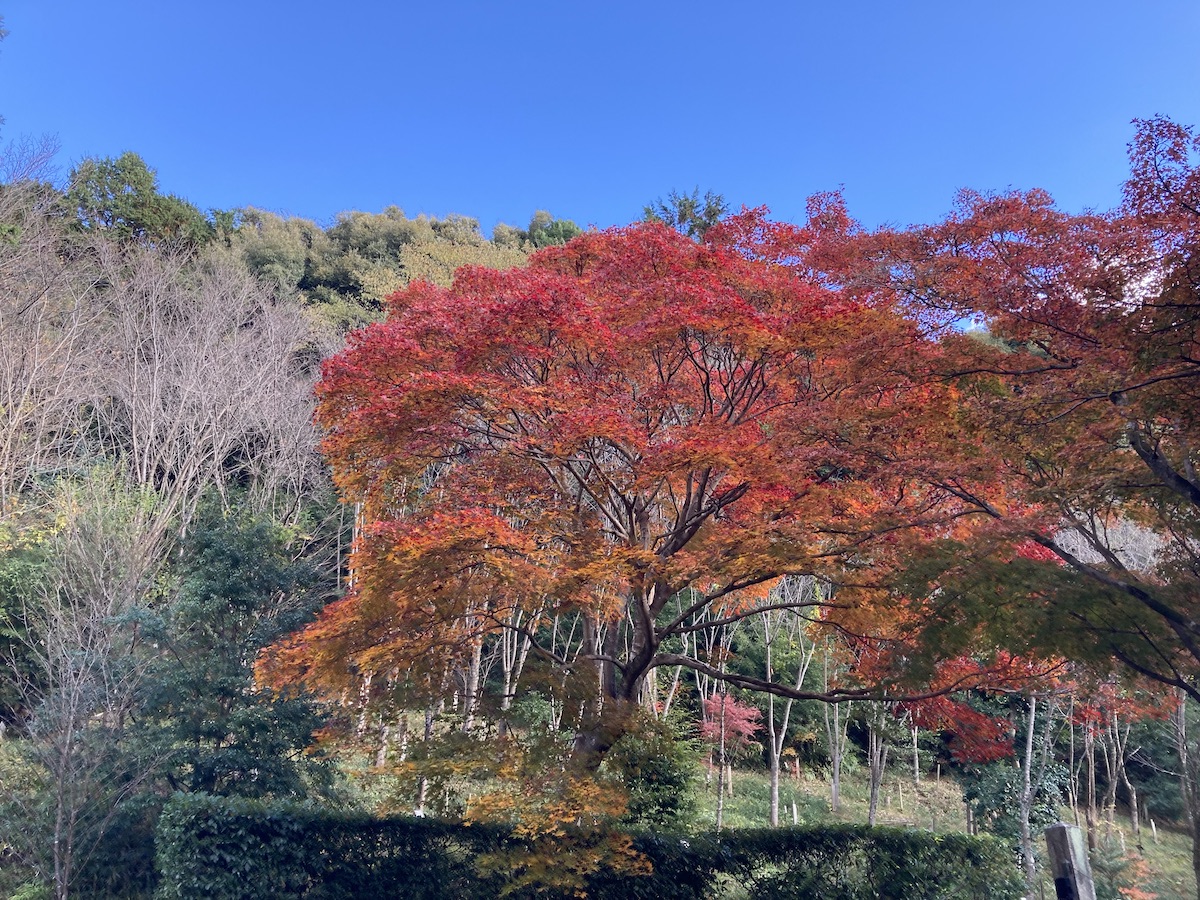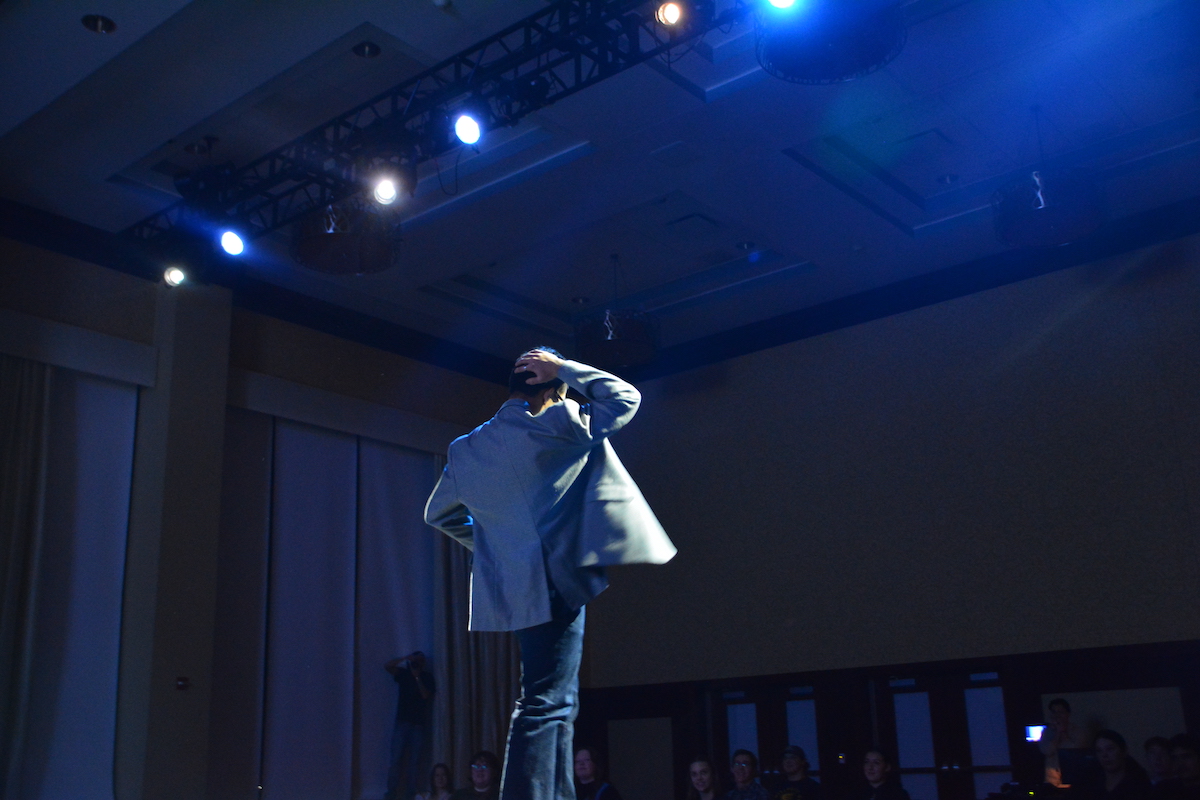 Danielle Ryan
Danielle RyanBoth “Pulp Fiction” and “Before the Rain” were made and released at relatively the same time. One went on to become a pop culture phenomenon, while the other barely made $1 million at the U.S. box office. Both used similar narrative structures, and, at the same time, seemed to mirror each other in that their time structure allows the story to fold back on itself. “Before the Rain,” however, does a slightly better job at carrying social and political commentaries.
“Before the Rain” is divided into three narratives, all of which focus on tragic and ill-fated love stories. In the first portion, titled “Words,” the audience is introduced to Kiril, a young monk who has taken a vow of silence. He stands up for Zamira, a young Albanian girl on the run from a mob of angry men who believe she killed someone they know. For her sake, Kiril leaves the monastery and the two of them make their way through the mountainous, yet breathtaking, Macedonian landscape.
The second section, “Faces,” is set in London. Anne, a picture editor, is torn between her love for her husband, Nick, and the attraction she feels for Aleksandar, a disillusioned war photographer. Nick and Anne don’t appear to have the best relationship, nor the best understanding of each other. On the other hand, Aleksander and Anne differ in many ways as well.
The final story, “Pictures,” brings the two previous stories together. It focuses on Aleksandar’s return to Macedonia to live once and for all. He learns that a war has divided his home village and that his Albanian neighbors are now seen as enemies. Hana, an Albanian woman he is fond of, asks him to take care of her daughter Zamira. While Aleksandar sets out to find the girl, a storm is building on the horizon, and the film returns us to its beginning.
The film is effective in many ways, but perhaps the biggest thing to commend about it is how flawlessly it accomplishes easy transitions from story to story. Many characters as well as plot points are introduced, but never does it turn into a movie such as “Babel” or “Crash” where the group of characters and amount of story seemingly overshadow the film’s message. Each character and scenario is allowed to develop so the viewer feels sympathy and a connection toward them, but, at the same time, is able to soak in the commentary and underlying message the film is spreading. There aren’t any distractions, and not once do things become overwhelming.
For a film directed by a first-time director and starring relatively inexperienced actors, the performances really do make the film what it is. They are able to take a simple script that uses very general dialogue and infuse it with their own flavor. At many instances, dialogue isn’t used to express a characters emotion, rather the actors themselves show us their plight through facial expressions and the use of their eyes. Utilizing the characteristics they do could have made the film a failure if not done right, but everyone involved seems to have a great grasp of how a real human would act in the situations the film portrays.
If the film has anything to fault it has to be its editing. Although the transitions from story to story are nearly perfect, the scene-to-scene and camera change edits are less than stellar. Along with that, the score that accompanies the depressing scenarios is almost over powerful and dramatic. At times the music is cliché, but perhaps that is something that could be attributed to it being mainly produced by some band named Anastasia.
“Before the Rain” was nominated for the 1995 Oscar for Best Foreign Language film, much like “Pulp Fiction” was nominated for Best Picture. This coincidence isn’t necessarily tied to the two using similar approaches to telling their story. Rather, it has to do with their execution. And while “Pulp Fiction” may be the better overall film and the more entertaining of the two, “Before the Rain” easily makes a name for itself and should be commended for everything it does that popular movies like “Pulp Fiction” necessarily don’t.






